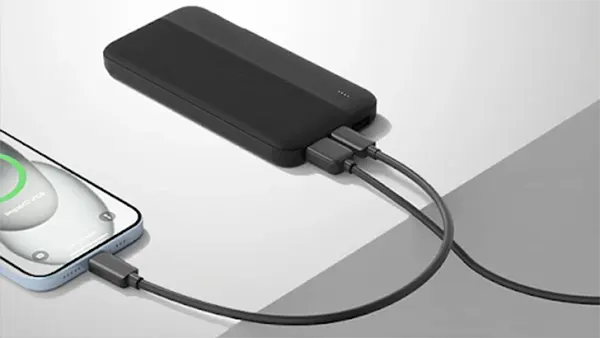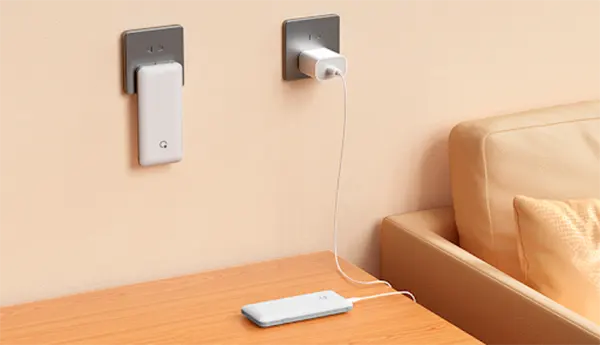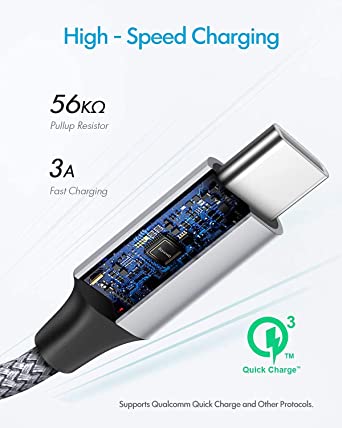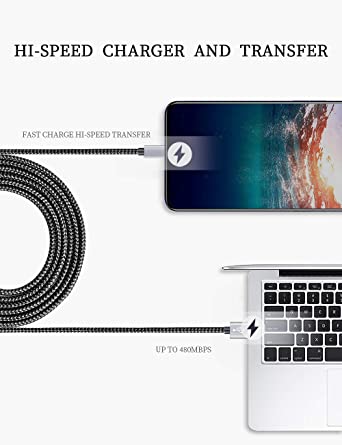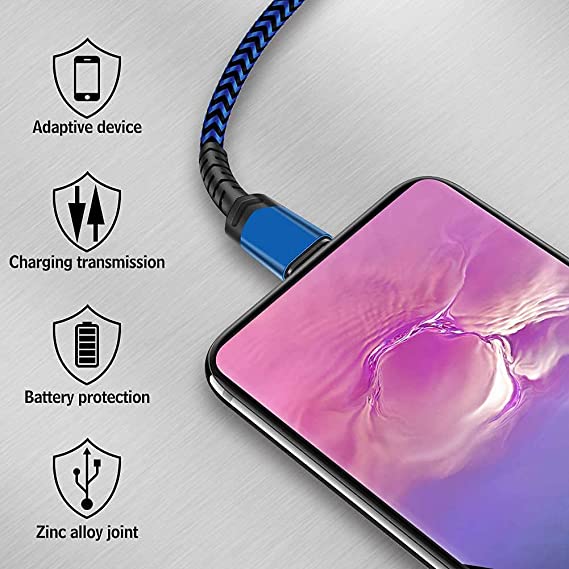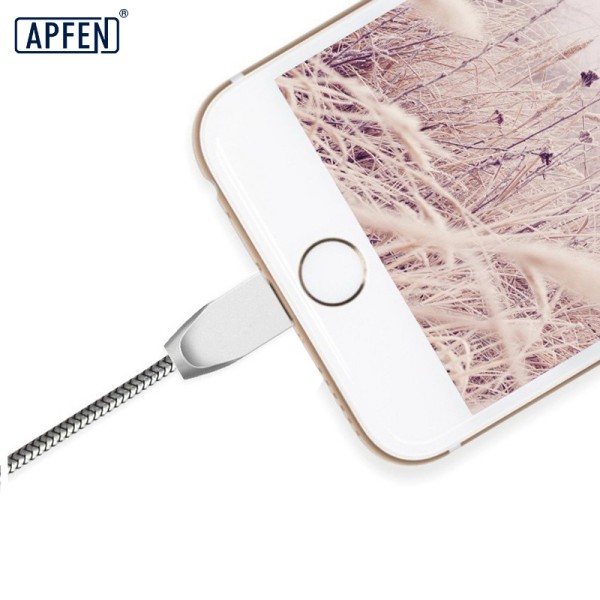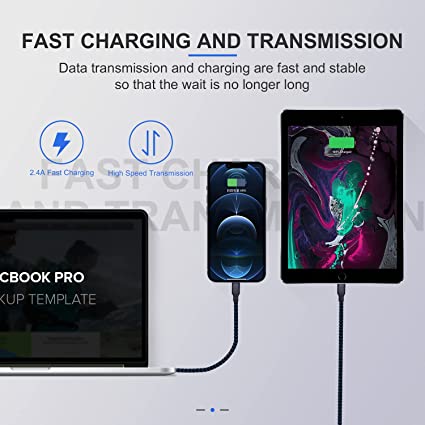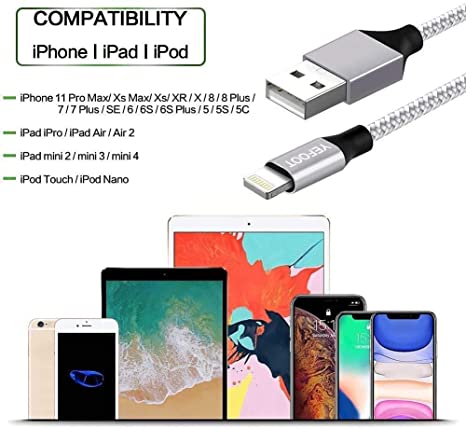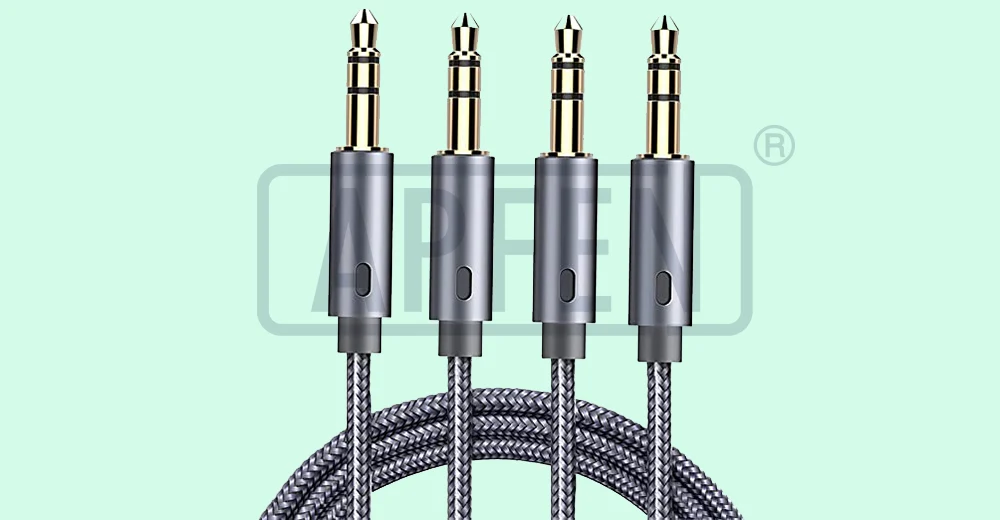Practical Guide to Maintaining and Using Power Banks.
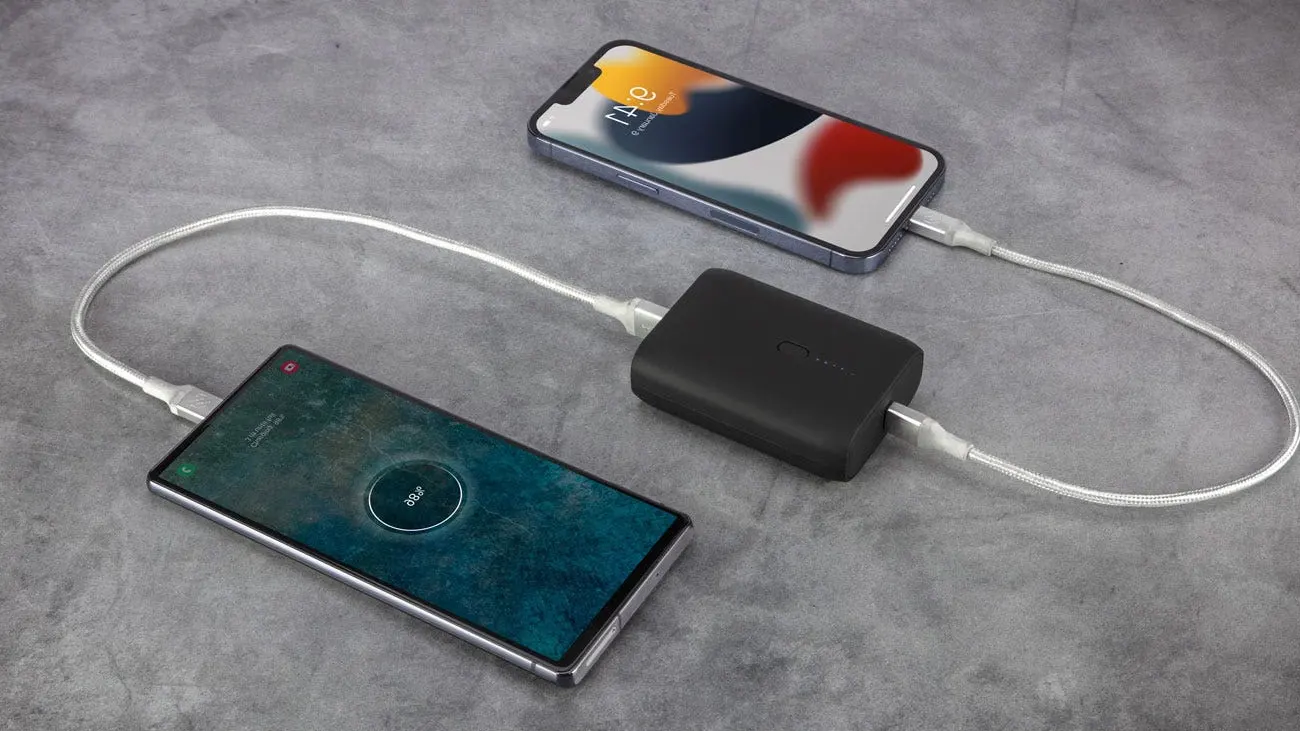
Power banks have become a must-have in our daily lives, whether you’re commuting, travelling, or just trying to make it through a long day without your phone dying. They’re convenient, but like any tech, they work best when you know how to use and take care of them properly. At first glance, power banks might seem pretty straightforward. But inside, they’re packed with lithium-ion or lithium-polymer batteries and smart circuitry that manages how power flows in and out. If they’re used carelessly or not maintained well, even the most high-quality power banks can wear out quickly or, in some cases, become unsafe, overheating, losing capacity, or even short-circuiting.
That’s why it’s important to go beyond just plugging it in and hoping for the best. Knowing how to charge it the right way, how to store it safely, and what to avoid can go a long way in making sure your power bank lasts and stays reliable. This guide will break down the essentials from everyday usage tips to storage and safety practices so you can keep your power bank in top shape and avoid common issues.
How to use power bank for charging phone?
Using a power bank to charge your phone might seem straightforward, but to do it correctly and safely, there are a few key steps and considerations you should keep in mind. Whether you’re charging at home, during a commute, or while travelling, the proper use of your power bank ensures not only a fast and efficient charge but also the long-term health of both your phone and the power bank itself.
- Step 1: Check the Power Bank’s Charge Level.
Before using your power bank, it’s important to confirm that it has enough stored energy to charge your phone. Most power banks have an LED indicator, typically four small lights or a digital display, that shows the remaining battery level. If fewer than one or two lights are showing, it’s best to recharge the power bank first to avoid incomplete or inefficient charging. - Step 2: Choose the Right Cable.
Always use a high-quality charging cable that matches your phone’s charging port whether it’s USB-C, Lightning (for iPhones), or Micro-USB (for older Android devices). Using a cable that came with your phone or with the power bank itself is ideal. Cheap or damaged cables can cause slow charging or even damage the power bank or phone due to unstable current flow. Some modern power banks come with built-in cables or offer multiple output ports with different standards (USB-A, USB-C, or even wireless charging pads). Make sure the output port you’re using matches the charging needs of your phone for best results. - Step 3: Connect the Phone to the Power Bank.
Plug one end of the charging cable into the power bank’s output port and the other end into your phone’s charging port. Once connected, your phone should vibrate or light up to indicate it’s receiving power. If the power bank has a power button, you may need to press it to initiate the charge, though many models start automatically upon connection. Some power banks also feature “smart charging” technology that automatically detects the device type and adjusts the output current accordingly. This helps optimise charging speed while protecting your phone’s battery. - Step 4: Monitor Charging Progress.
Once the charging process has begun, you can continue using your phone if necessary, but it’s better to let the device rest, especially if you want a faster, more efficient charge. Charging your phone while it’s in use (especially for gaming or streaming) generates additional heat, which can increase wear on both devices over time. Also, keep an eye on the temperature of the phone and power bank during charging. If either one becomes unusually warm, disconnect them immediately and let both cool down before attempting to charge again. Excessive heat is one of the biggest threats to lithium-ion battery health. - Step 5: Disconnect When Fully Charged.
When your phone reaches full charge, it’s good practice to unplug it from the power bank, especially if you’re not using a modern model with automatic shut-off. While today’s smartphones generally manage battery input intelligently, keeping them connected to a live power source for extended periods can contribute to gradual battery degradation over time. Most quality power banks have built-in protection features like overcharge protection, but not all budget models do. If you’re unsure whether your power bank includes these features, it’s safer to disconnect once your phone is fully charged.
How To Charge A Power Bank?
Charging a power bank may seem like a simple task: just plug it in and wait. But if you want to keep your device running efficiently and safely for as long as possible, it’s worth understanding the proper charging process, what precautions to take, and how to know when your power bank is fully charged. Whether you’re using a small pocket-size charger or a high-capacity unit for laptops and tablets, a little knowledge can go a long way toward extending its lifespan and maintaining peak performance. Before plugging your power bank into a charger, there are a few safety and care tips you should always keep in mind:
- Use the Correct Charger
Your power bank should be charged with a wall adapter that matches its input rating, usually listed in volts (V) and amps (A) on the label or in the manual. For example, many power banks are rated for 5V/2A input, while some fast-charging models can handle 9V/2A or even higher. Using a charger that’s too weak can result in very slow charging, while a charger that’s too powerful, especially one that isn’t certified, could overheat the battery or damage internal components. - Avoid Overheating During Charging
Always charge your power bank in a cool, dry place. Avoid leaving it on beds, under pillows, or in direct sunlight while charging. These conditions can trap heat, and since lithium batteries are sensitive to high temperatures, this could lead to swelling, degradation, or even a fire hazard in extreme cases. Ideally, charge on a hard, flat surface like a table. Don’t Use the Power Bank While Charging It.
Many people make the mistake of charging their phone from the power bank while the bank itself is being charged. This is called “pass-through charging”, and while some power banks support it safely, it can stress the battery and generate excess heat in models not specifically designed for it. Unless your power bank specifically states that it supports pass-through charging, it’s best to avoid this.Check the Cable Quality.
A damaged or low-quality cable can not only slow down charging but can also pose electrical risks. Use the original cable that came with your power bank or a good-quality certified replacement. If the cable feels loose, frayed, or causes the port to spark, stop using it immediately.
How to Know When Your Power Bank Is Fully Charged?
Understanding when your power bank has finished charging isn’t always as simple as checking your phone. Fortunately, most modern power banks come with LED indicators or digital displays that give you a clear idea of how much charge they hold. Here’s how to interpret them. Most power banks include a series of small LED lights, usually four, that act as a battery gauge. These lights will typically blink or stay solid depending on the charge level.
- 0–25% charge: One LED blinking
- 25–50% charge: One solid LED, second blinking
- 50–75% charge: Two solid LEDS, third blinking
- 75–99% charge: Three solid LEDS, fourth blinking
- 100% charge: All four LEDS solid
When the power bank reaches full charge, all LEDS stop blinking and remain lit. Some models will turn off the lights automatically after a few minutes or after being unplugged. If your power bank has a digital percentage display, it will show an exact number (like 100%) instead of a blinking pattern, which is even easier to monitor.
Is it bad to use a power bank while charging?
You can, but it is simultaneously charging and draining the power bank, which over time causes the battery cells to degrade quickly. Not recommended.
What should you not do with a power bank?
- Charging: Avoid leaving your power bank on prolonged charge as this may cause it to overheat.
- Avoid short circuits: Keep your power bank away from metal objects such as coins, paper clips and keys.
- Storage: Keep the power bank in a cool and dry place away from heat sources, moisture and dust.
Share This Artcle:

Fast delivery
Fastest delivery within 22 days

Quick proofing
Fastest 3-day proofing cycle

After-sale protection
24-month long warranty

1V1Customer Service
Professional customer service follow-up

